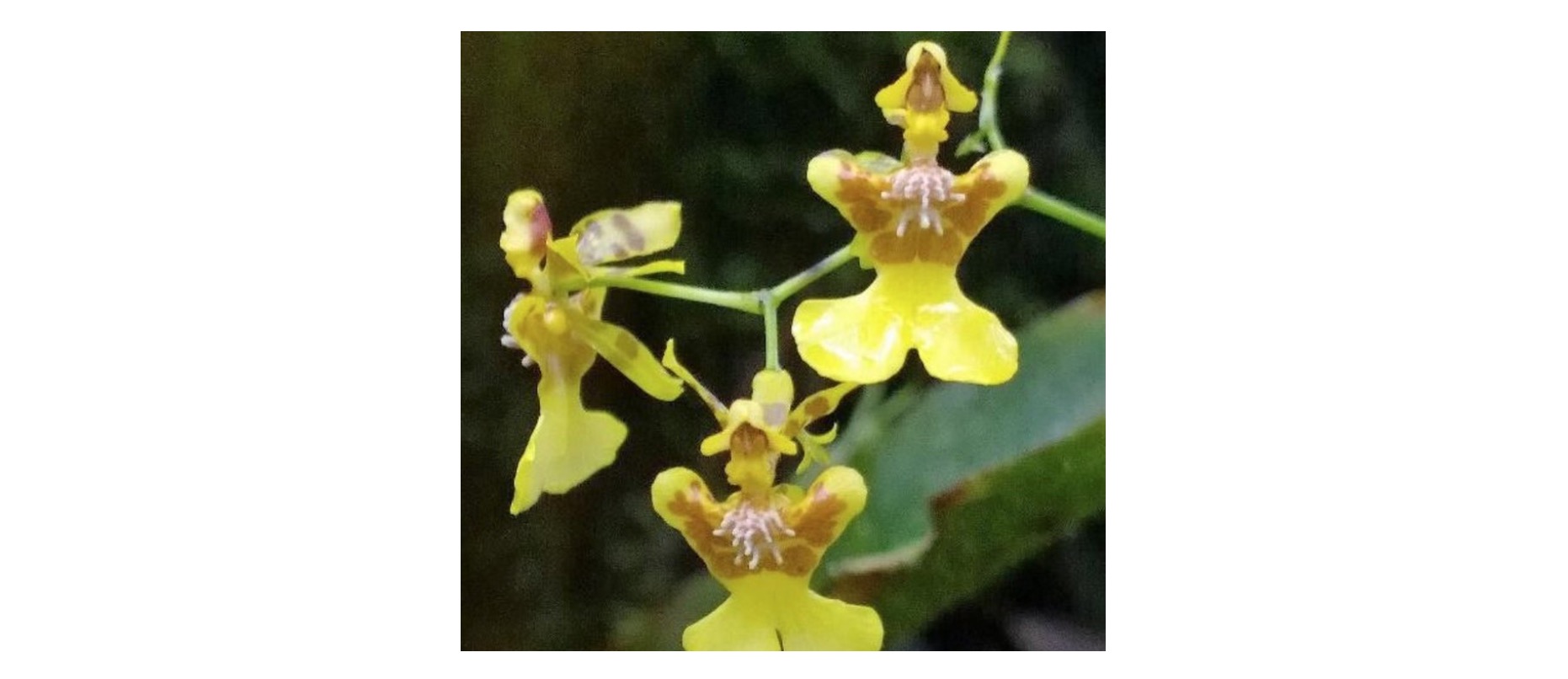In the blog, Operation: Success Critical we began exploring the EID principle - to clarify your site’s reason for being - by looking at the importance of defining your site’s distinguishing characteristics. We provided a series of questions for your team to grapple with. We left off on a marketing note of brand values and differentiation – concepts the interpretive profession doesn’t always embrace. We need to. Along with determining the essence of the collection or site.
Anyone with a strong marketing background will want to bring up the concept of brand promise when designing the visitor experience.
Every visit is a gift to mind, body and spirit. And an improvement to our waking lives. We need to think in terms of:
Rejuvenation, de-stressing and relaxation;
Supporting sensory skill building;
Energy building and enhanced health;
Clarity, and tranquility.
Relationship building, belonging and connection;
Mind stimulation, and sparking innovation;
Think about related experiential values, and have your site team answer these questions:
What do we want to share with the world?
What do we offer that will enrich the world?
What benefits are visitors gaining when they visit us?
Keep in mind this adage: don't give us what you think we want, give us what we should want. Many CEOS have followed this game changing approach -Bill Gates and Steve Jobs for example.
You will forge a better relationship with your visitor if you enrich their time and deliver on what you are promising them. Expressing your UVP or Unique Value Proposition, helps immensely when planning and deciding the what and the how of presentation. This is where sites often get bogged down and where experiential interpretive designers can play a key role.
Remember: Establishing core outcomes that determine key takeaways begins with knowing and defining your distinguishing characteristics.
The experiential interpretive designer will help you discover what you are trying to accomplish -your key outcomes. Once you know where you are heading you can illuminate the mission by producing clearly defined outcomes (watch for a future fleshing out on the subject of outcomes in an upcoming blog).
The experiential interpretive designer can then work with other professionals from landscape and building architects to graphic and exhibit experts, to project manage the complete visitor experience. So, the EID principle to clarify your site’s reason for being actually dovetails with another EID principle of addressing essence and the need for experiential interpretive design led collaboration.
Coordinate design disciplines to reinforce essence
We at EID consider this ESSENCEtial. As nature educator and trainer Steve Van Matre says “extracting essence is the alchemy of interpretive design. … It’s an ability to look at what’s there but simultaneously to see beneath and behind its surfaces …essence is found in the products of the natural and cultural processes which have acted upon a place through the years. Those processes give shape and life to everything one sees…the processes create the products which then build up and gradually conceal the essence. Interpretation works to uncover and share it,” (Interpretive Design and the Dance of Experience, 2008).
Who knows essence best at your site?
Most likely it will be an amalgam of people. Study and understanding is one aspect so don’t be too quick to jump to “the experts.” A first hand feel for what makes a place special is critical and tapping into those individuals who have sensory memories at all seasons and times of day and night is key. This seems obvious for natural and historic sites however even those who have spent a night at the museum, or the early morning zoo caretaker should not be forgotten.
Don Enright, fellow Canadian interpreter, blogger and visitor experience planner, wrote an excellent Essence of Place article in the National Association of Interpretation May/June 2017 Legacy issue about defining your site in a sustainable tourism context. He emphasizes how the input of visitors, the historians and scientists, the tourism industry and host communities must all be embraced. He advocates for gathering this diverse community in a half-day or full day session to “celebrate, communicate, discuss and collaborate” about the essence of place and what sets it apart from the rest of the world.
In The Gifts of Interpretation, Larry Beck and Ted Cable similarly bring forward the concept of determining your “genius loci”: the soul of the setting -expressed as the representative and unique values, the distinctive atmosphere, and the pervading character of your site. They tie this to the general mission of protecting treasures and preserving the integrity and beauty of the biotic resource or cultural heritage.
Build a community of inspiration
Our challenge is to capitalize on engaging the visitor in do- it- yourself essencing? What if we ask the visitor: What is the most enchanting and striking aspect of _____ for you? Then actively share their impressions through photos, sketches, poems and post- its in a highly visible location along with the impressions of staff, residents and “experts” who have had a longer period of immersion. This combination should inspire exploration, admiration, maybe even respect and love for the site/collection. Imagine if we could connect people who want to share their inspiring moments while in this special place. Should we aspire to building a community of inspiration? Too lofty a goal?
Ah, to accomplish our just described challenge we will need to design an experience for our visitors to begin to capture “essence” and have our visitors practice the art of essencing. Topic for another day…
-Interpreteer Bill



